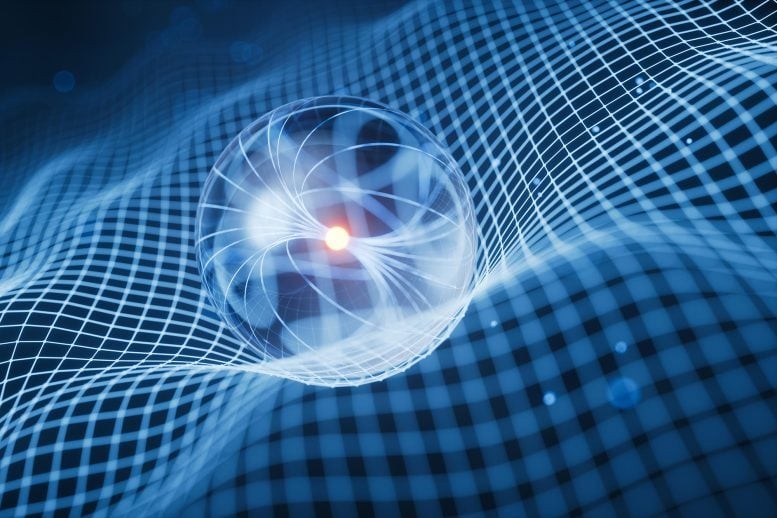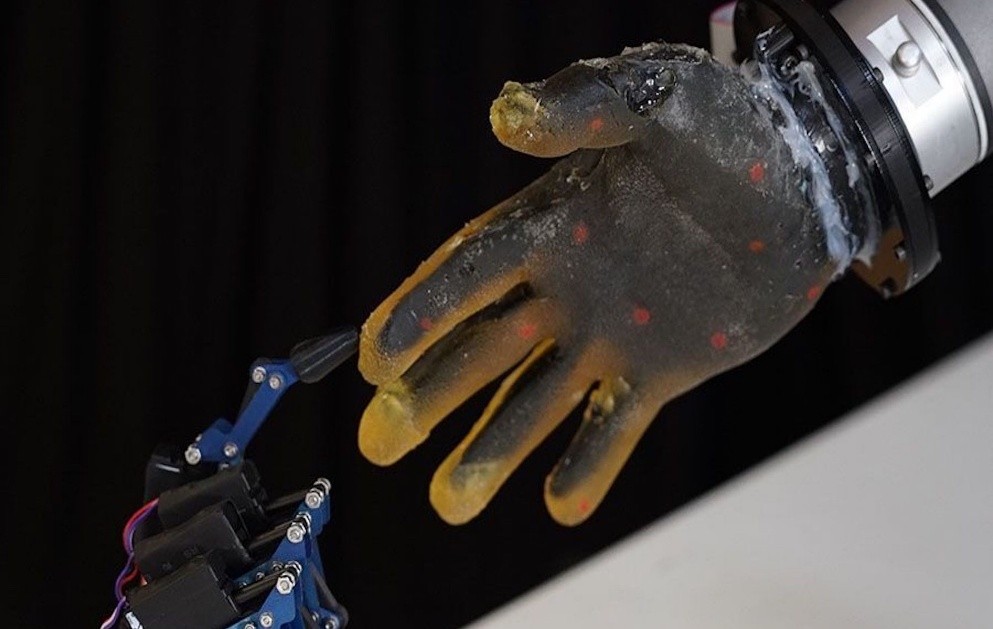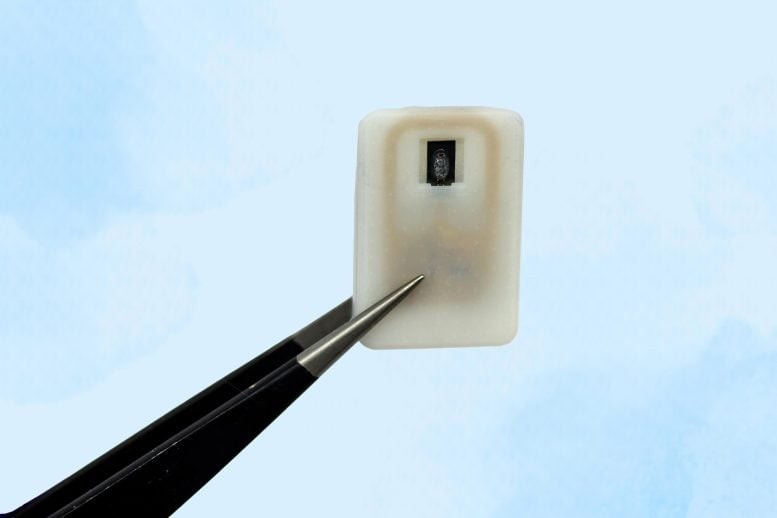World’s Most Advanced Gamma-Ray Detector Poised to Reveal Nuclear Secrets
World’s Most Powerful Gamma-Ray Detector Nears Deployment to Unlock Atomic Secrets
Researchers have completed the main construction of the Gamma-Ray Energy Tracking Array (GRETA), a next-generation nuclear detector designed to deliver the most precise measurements of atomic nuclei ever achieved. Developed at the U.S. Department of Energy’s Lawrence Berkeley National Laboratory (Berkeley Lab), GRETA will soon be shipped to the Facility for Rare Isotope Beams (FRIB) at Michigan State University for installation and commissioning.

Figure 1. Advanced Gamma-Ray Detector.
The milestone marks a leap forward in nuclear physics. GRETA uses an array of high-purity germanium crystals to track gamma rays from nuclear decays, capturing both their energy and 3D trajectories with extraordinary resolution. This capability will allow scientists to investigate how stars forge heavy elements, push the boundaries of nuclear stability, and study hundreds of newly created isotopes. Figure 1 shows Advanced Gamma-Ray Detector.
“Our goal was to make the best high-resolution, high-efficiency gamma-ray detector possible, to answer fundamental questions about matter and the forces that shape it,” said Paul Fallon, GRETA’s project director. “GRETA will be 10 to 100 times more sensitive than previous experiments, enabling us to detect weaker nuclear structures than ever before.”
Constructed with contributions from Berkeley Lab’s nuclear science, engineering, and computing divisions, as well as MSU, Argonne National Laboratory, and Oak Ridge National Laboratory, GRETA consists of germanium detector modules, precision electronics, a custom-engineered support frame, and advanced computing systems. Once at FRIB, particle beams will strike targets at GRETA’s center, producing rare and energetic atoms. The gamma rays emitted as these atoms stabilize will serve as unique “fingerprints” of each isotope.
According to Heather Crawford, GRETA’s deputy project director, “Gamma-ray spectroscopy is one of our most powerful tools for probing the nucleus [1]. GRETA is like the world’s most powerful microscope for examining these fingerprints and revealing the forces that govern matter.”
GRETA will investigate rare isotopes, nuclear drip lines—points beyond which protons or neutrons cannot remain bound—and exotic pear-shaped nuclei that may reveal symmetry violations and help explain why the universe contains more matter than antimatter. FRIB’s ability to produce over 1,000 new isotopes will greatly expand the scope of these studies.
A Full-Sphere Upgrade
GRETA builds on the earlier GRETINA project, which used 12 germanium modules. The new system will house 30 modules, completing a full spherical array for maximum efficiency. Each module contains four ultra-pure germanium crystals shaped into tapered hexagons and cooled to about –300°F for peak sensitivity.
Its aluminum support frame is engineered to tolerances within one-millionth of an inch, ensuring flawless reassembly after maintenance. The frame halves can rotate, allowing safe module installation before being locked into their final positions around the target.
Reference:
- https://interestingengineering.com/innovation/greta-nuclear-detector-set-for-installation-at-frib
Cite this article:
Keerthana S (2025), World’s Most Advanced Gamma-Ray Detector Poised to Reveal Nuclear Secrets, AnaTechMaz, pp.358















